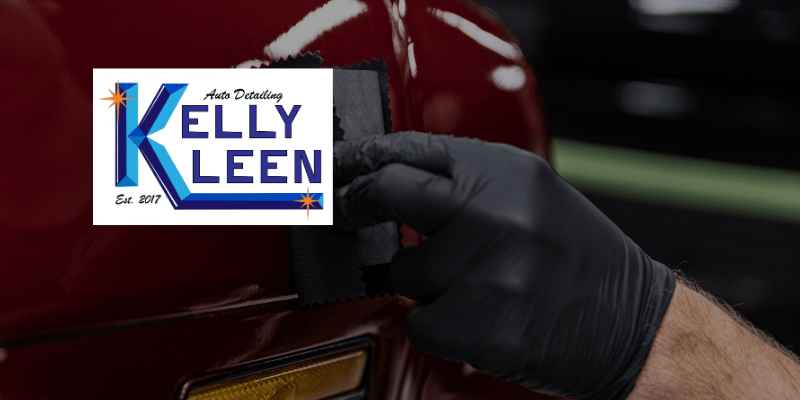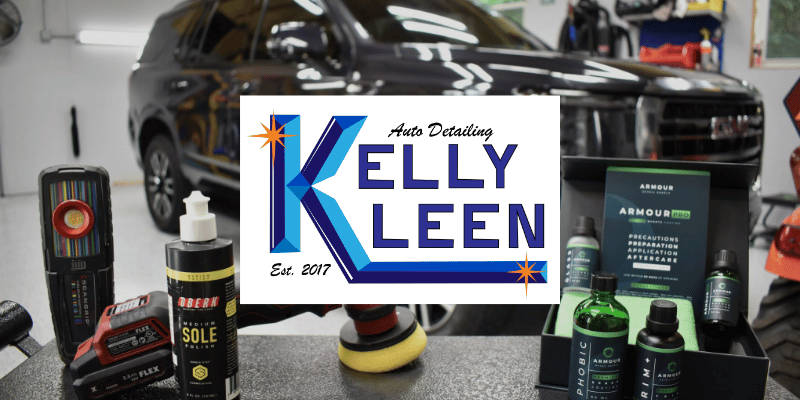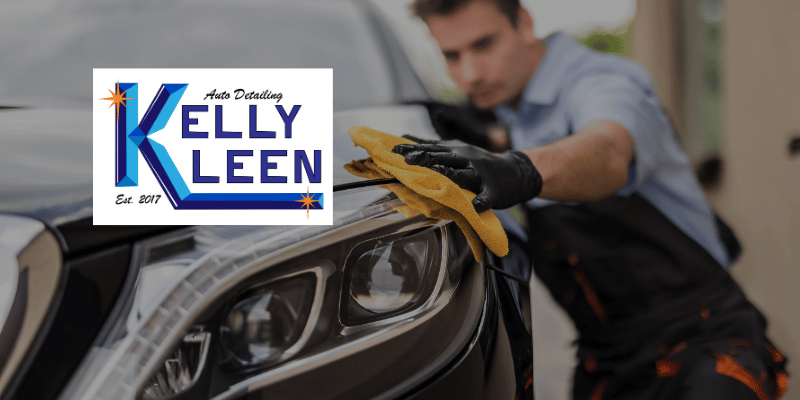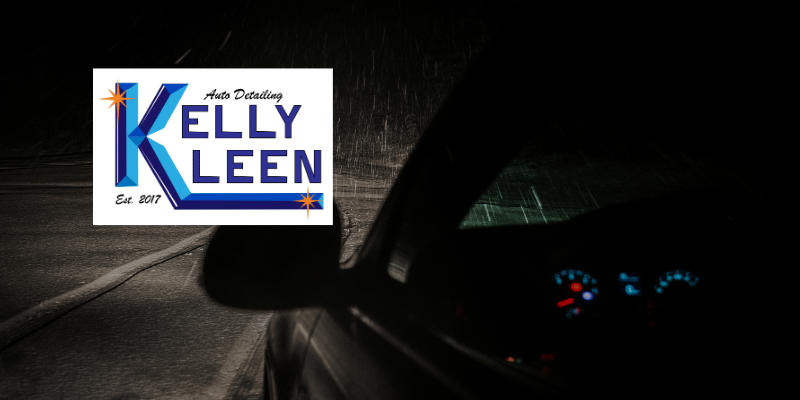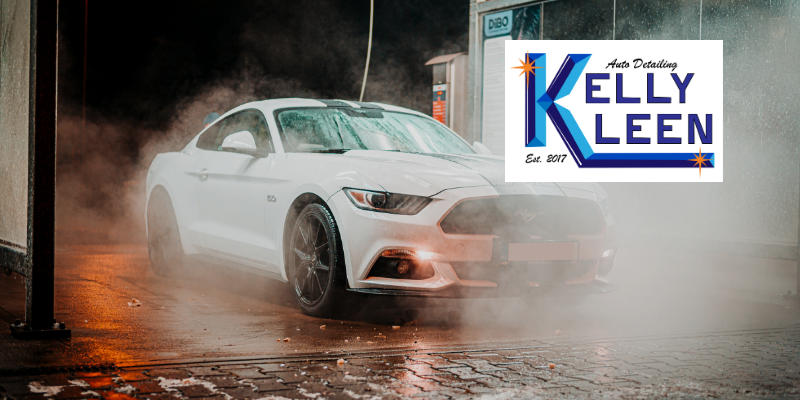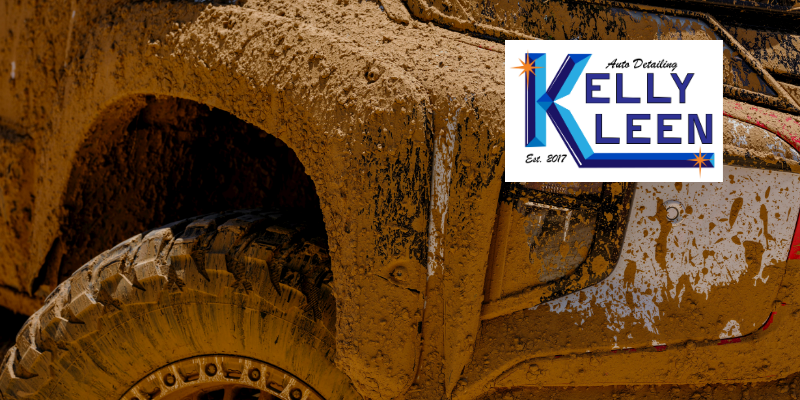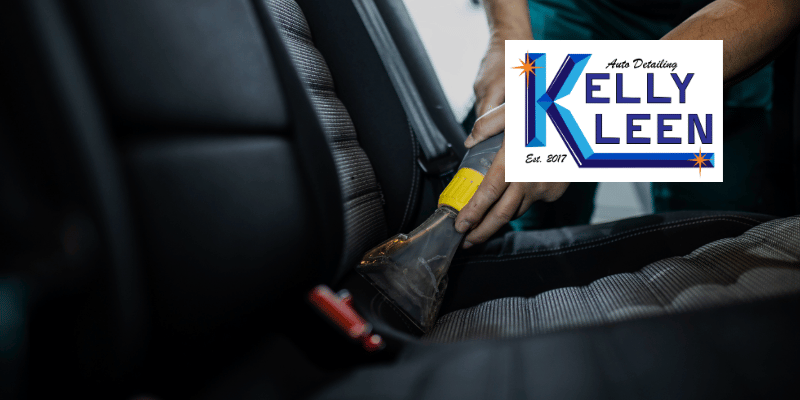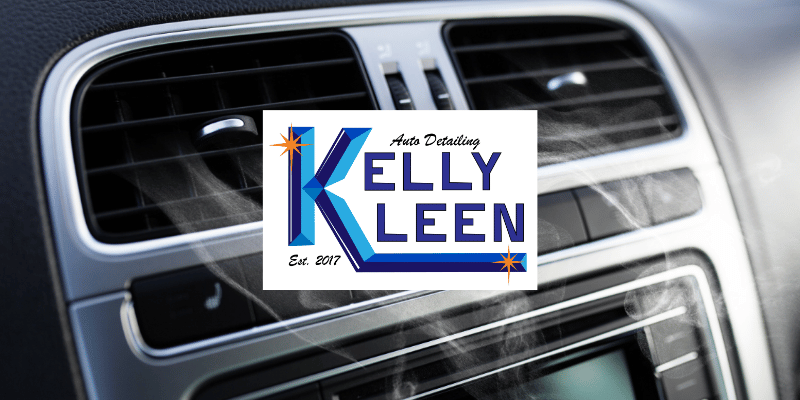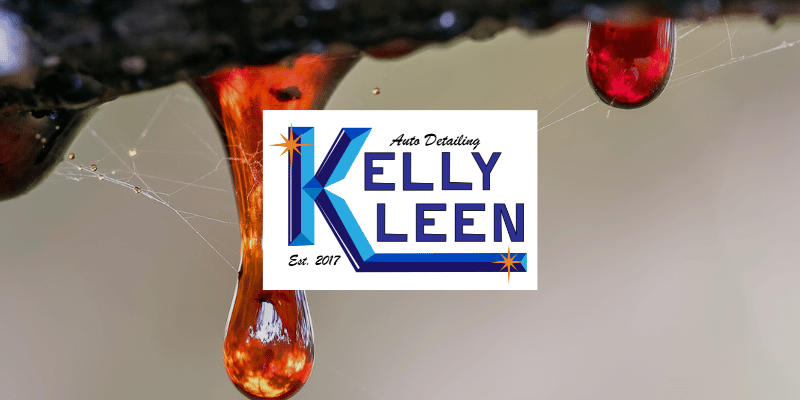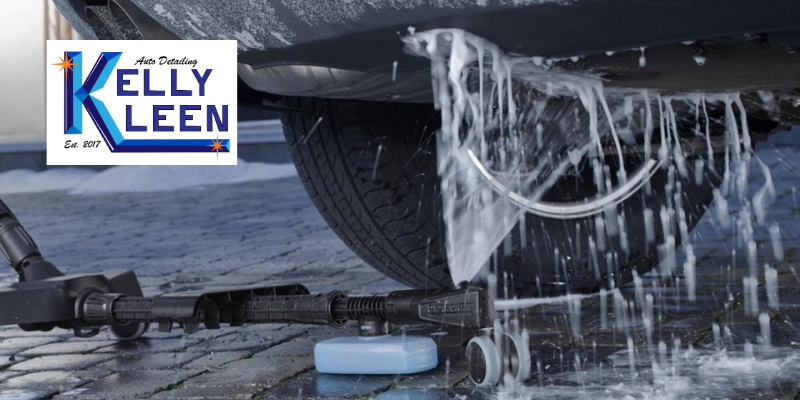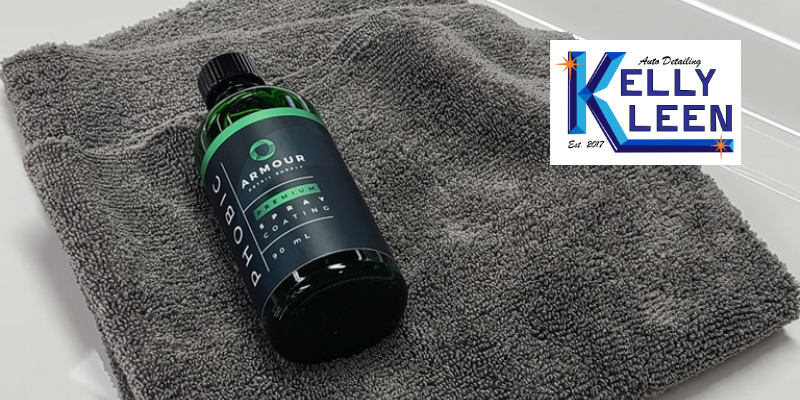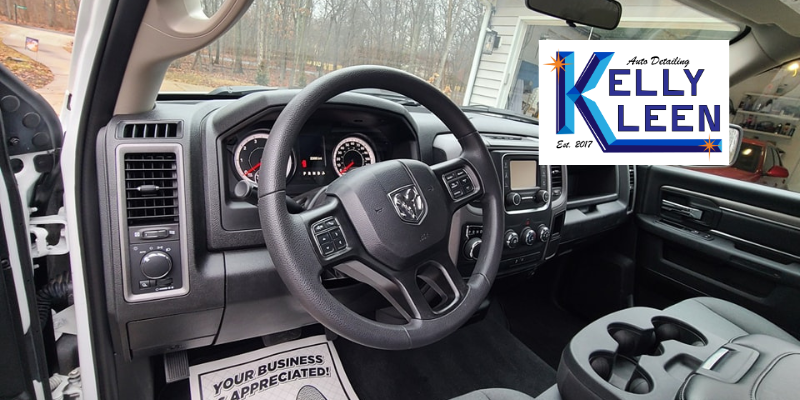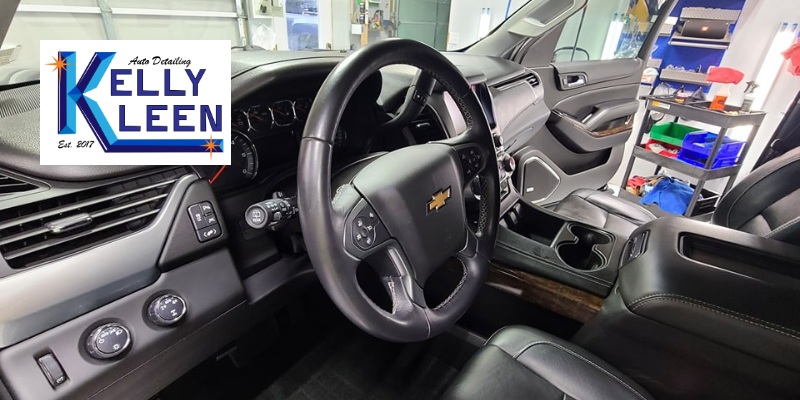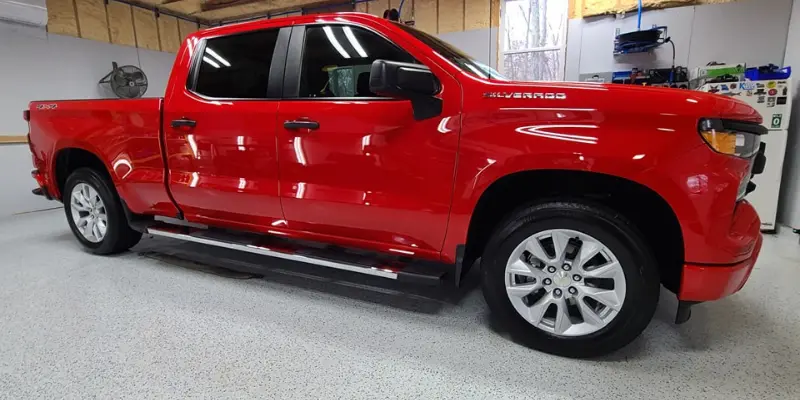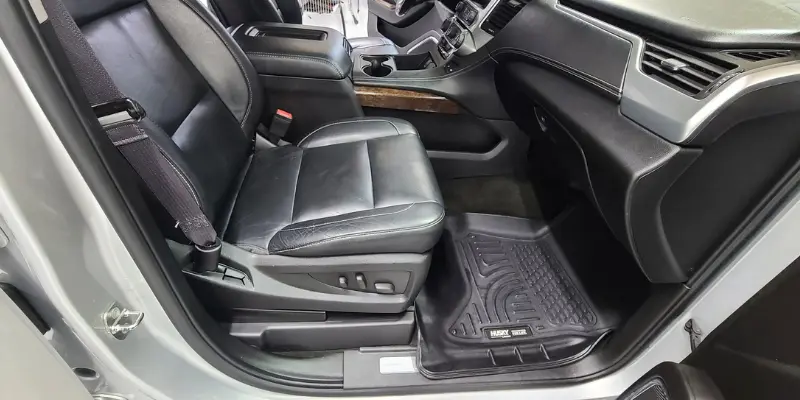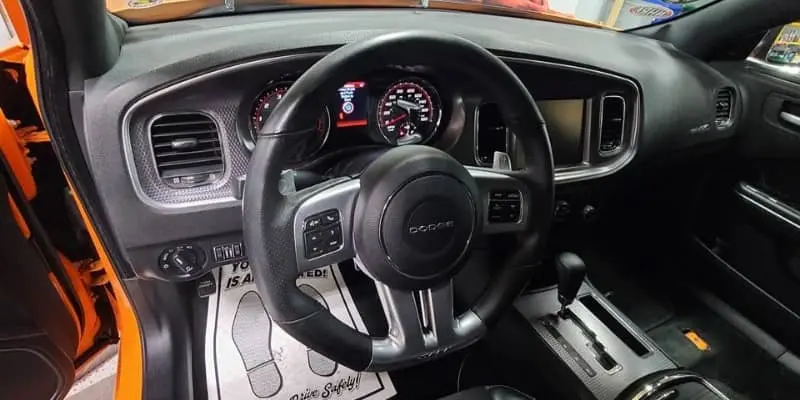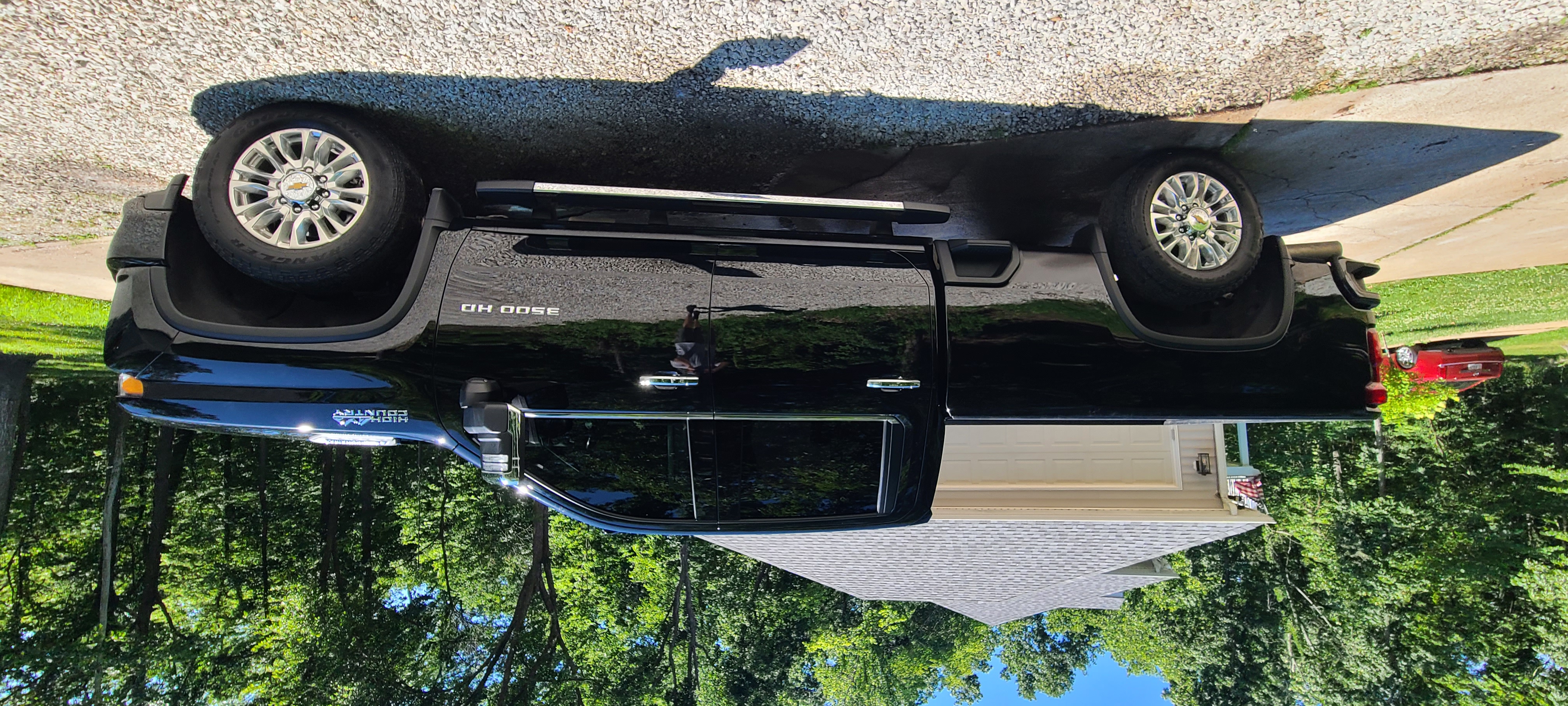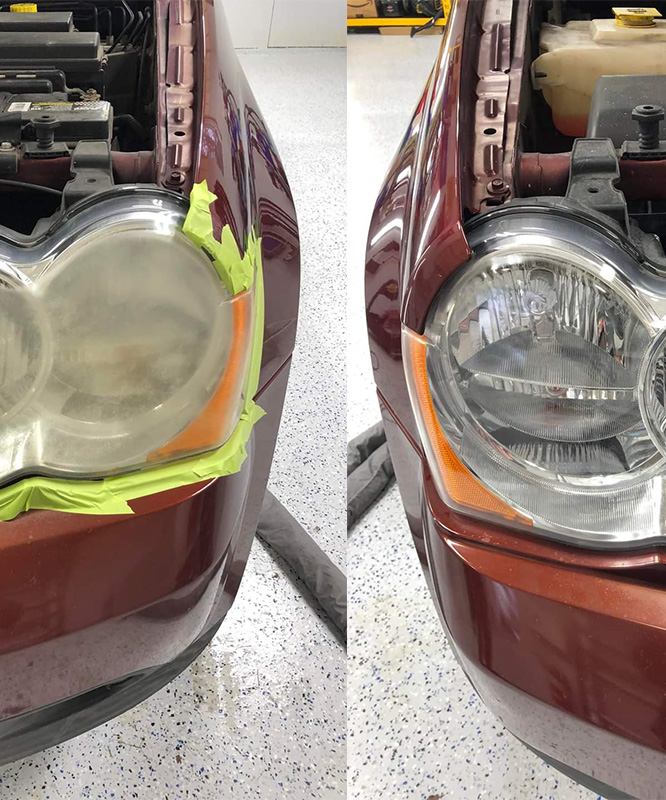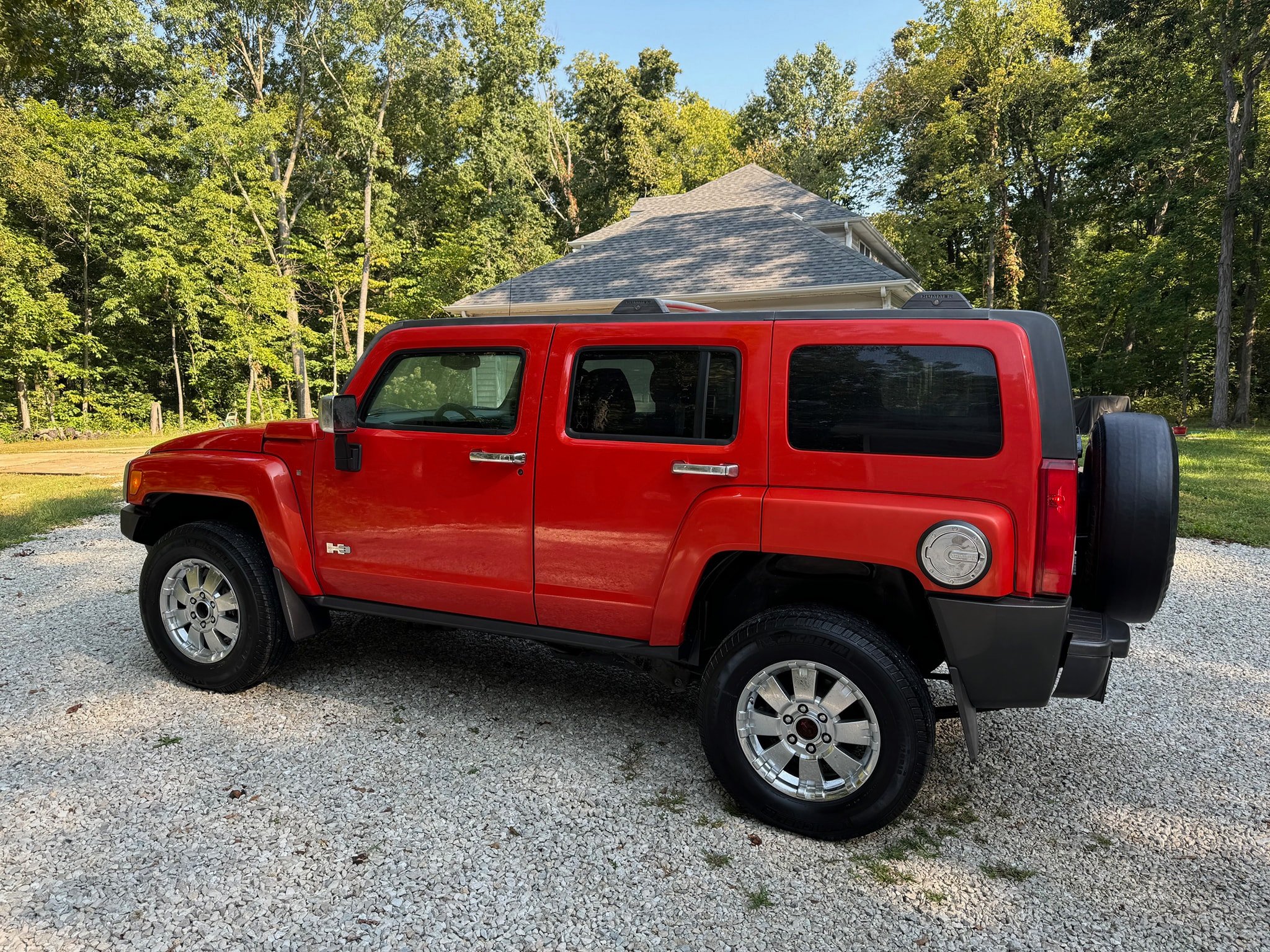
Missouri Mold and Mildew: Why Cars Grow It and How Professional Detailing Removes It
Missouri is known for beautiful forests, rolling rivers, and long stretches of farmland. But the same climate that makes the state lush also makes it one of the worst environments in the country for interior mold and mildew inside vehicles. High humidity, sudden storms, temperature swings, and hidden moisture pockets create the perfect conditions for mold to develop—often without drivers noticing until a strong musty smell takes over the cabin.
If you live in Washington, Union, or Pacific, you’ve almost certainly battled moisture at some point. This guide explains why mold develops so easily in Missouri vehicles, how to identify early warning signs, and how Kelly Kleen’s professional detailing process eliminates mold at the root instead of briefly masking the odor.
Why Mold Grows So Easily Inside Missouri Vehicles
Two things are required for mold: moisture and organic material. Cars have both. Add Missouri’s humidity, and mold develops fast.
Missouri’s climate creates the perfect storm:
- Frequent thunderstorms
- Rapid humidity spikes
- Heavy morning condensation
- Hot, stagnant summer air
- Moist winters with snowmelt inside cabins
Moisture sneaks into vehicles through:
- Wet shoes
- Leaky door or window seals
- A/C condensation
- Clogged sunroof drains
- Storm runoff
- Damp floor mats
- Child seat spills
- Forgotten drink containers
Once moisture gets into carpet padding or seat foam, it stays for days. Missouri’s humidity then keeps the area damp long enough for mold to form.
The Most Common Places Mold Appears in Vehicles
Mold doesn’t always grow where you expect. It often begins in hidden pockets of moisture before becoming visible or noticeable.
High-risk areas include:
- Carpet padding beneath floor mats
- The underside of rear seats
- Air vents and ductwork
- Trunk linings near weatherstripping
- Door seals and lower door frames
- Areas under child seats
- A/C drain lines and evaporator housing
Because these areas aren’t regularly inspected, mold can grow freely until the smell becomes impossible to ignore.
Why That Musty Smell Is an Emergency
A musty odor is the earliest warning sign that mold is already active. Even if it isn’t visible yet, the smell means water found a place to hide.
When ignored, mold causes:
- Respiratory irritation
- Permanent odor in cabin materials
- Carpet staining
- Deterioration of foam and padding
- Contamination of vents
- Damage to electronics beneath carpeting
Mold spreads quickly, especially during warm Missouri months. Addressing it immediately prevents long-term interior problems.
How Moisture Sneaks Into Your Vehicle Without You Realizing
Drivers often overlook the subtle ways moisture enters the cabin, especially after storms or in high-humidity conditions.
Wet Shoes and Clothing
Rain, mud, and snowmelt soak into mats and carpet padding.
Leaky Door and Window Seals
Older or worn seals allow water to drip into carpets or along door cards.
Clogged Sunroof Drains
When drains clog, water flows into headliners and down pillars.
A/C Condensation
If the drain line is blocked, condensation leaks inside instead of dripping under the vehicle.
Storm Runoff
Parking under trees or in low spots increases the chance of water intrusion.
Condensation from Temperature Swings
Hot days followed by cool nights create moisture inside closed vehicles.
Understanding these entry points helps you prevent mold before it develops.
Why DIY Mold Cleaning Almost Never Works
Many drivers attempt to fix musty smells with air fresheners or household cleaners. Unfortunately, these approaches don’t eliminate the source.
DIY methods fail because:
- Household cleaners don’t penetrate padding
- Vinegar and sprays mask odor but don’t kill mildew
- Moisture remains trapped under carpet layers
- No extraction removes water from the foam
- Mold spores linger in vents
- Scented sprays mix with odors and make them worse
Kelly Kleen has seen countless vehicles where DIY attempts caused the smell to return even stronger.
Kelly Kleen’s Mold Removal System: Fixing the Source, Not the Surface
Kelly Kleen uses a multi-step process to eliminate mold and prevent it from returning. The focus is always on finding and fixing the moisture source first, then treating the contamination.
Step 1: Moisture Inspection
Technicians identify:
- Damp carpet padding
- Leaks in seals
- Clogged drains
- Wet trunk linings
- Excess A/C condensation
If the source isn’t fixed, mold will return no matter how clean the surface looks.
Step 2: Extraction and Deep Cleaning
Moisture is removed with professional-grade extraction tools capable of pulling water from:
- Carpet layers
- Seat cushions
- Under-padding
- Floor insulation
This is key to eliminating mildew at its root.
Step 3: Mildew-Killing Solutions
Kelly Kleen applies safe, targeted solutions designed to:
- Break down mildew
- Neutralize odor-causing bacteria
- Clean organic residue
- Stop the spread of spores
These products reach deeper than topical household cleaners.
Step 4: Steam Treatment
Steam sanitizing kills lingering spores and lifts contaminants from:
- Carpets
- Fabrics
- Dash materials
- Cupholders
- Door panels
- Tight seams
Steam is especially effective in Missouri’s humidity-prone interiors.
Step 5: Drying and Ventilation
The area must be thoroughly dried before reassembly. Proper airflow ensures no new moisture pockets form.
Step 6: Cabin Filter Replacement
Mold often hides in or around cabin filters. Replacing the filter is essential for restoring clean airflow.
Step 7: Ventilation Cleaning
Air vents and ducts are cleaned to remove spores and eliminate recurring odor.
This process restores freshness and prevents mold from returning.
Missouri’s Humidity Makes Moisture Control Essential
Even clean interiors can develop mold if humidity remains trapped. Missouri’s summers and transitional seasons create ideal conditions for mildew.
To protect your interior, check for:
- Condensation on windows in the morning
- Damp or heavy-smelling carpets
- Wet spots under mats
- Fogging that clears slowly
- Moisture in door seals
- Sour smells after storms
These subtle signs signal moisture buildup that should be inspected.
How to Keep Mold From Coming Back
A few simple habits keep your interior fresher between details.
Lift Floor Mats After Rain
Moisture often hides under rubber mats.
Inspect Carpets Regularly
Check for dampness after storms, spills, or high-humidity days.
Clean Door Seals
After storms, wipe seals to remove debris and moisture.
Keep Interior Air Circulating
Cracking the windows briefly (when parked safely and not near gravel or fields) allows moisture to escape.
Note: windows should NOT be cracked on dusty rural roads.
Remove Spills Immediately
Any liquid left to soak becomes a mold risk within days.
Check Trunk and Spare Tire Areas
These zones often trap water unnoticed.
When It’s Time for a Professional Interior Cleaning
Consider scheduling an interior detail if you notice:
- A persistent musty smell
- Foggy windows that return quickly
- Any visible mold spots
- Sticky or damp floor mats
- Sour odors when the A/C turns on
- Dark patches in carpet
- Moisture underneath seats
Early treatment prevents long-term damage and keeps your interior healthy.
Why Even Garage-Kept Cars Aren’t Safe From Mold
Many Missouri drivers assume indoor parking prevents mold. Unfortunately, this isn’t true.
Garages can trap:
- Humid air
- Moisture from rain-soaked vehicles
- Warm, stagnant air during summer
Inside a garage, water often evaporates slower, creating damp air that feeds mildew on interior surfaces and leather.
Even garage-kept vehicles require periodic moisture checks and ventilation.
Professional Detailing Protects Your Vehicle Year-Round
Missouri’s weather exposes your interior to humidity, storms, and moisture that create ideal conditions for mold and mildew. While DIY cleaning helps with small messes, deep moisture issues require professional tools and expertise to fix completely.
If your vehicle smells musty or you’ve spotted signs of mildew, Kelly Kleen’s interior detailing packages are specifically designed to protect Missouri vehicles from long-term damage.



